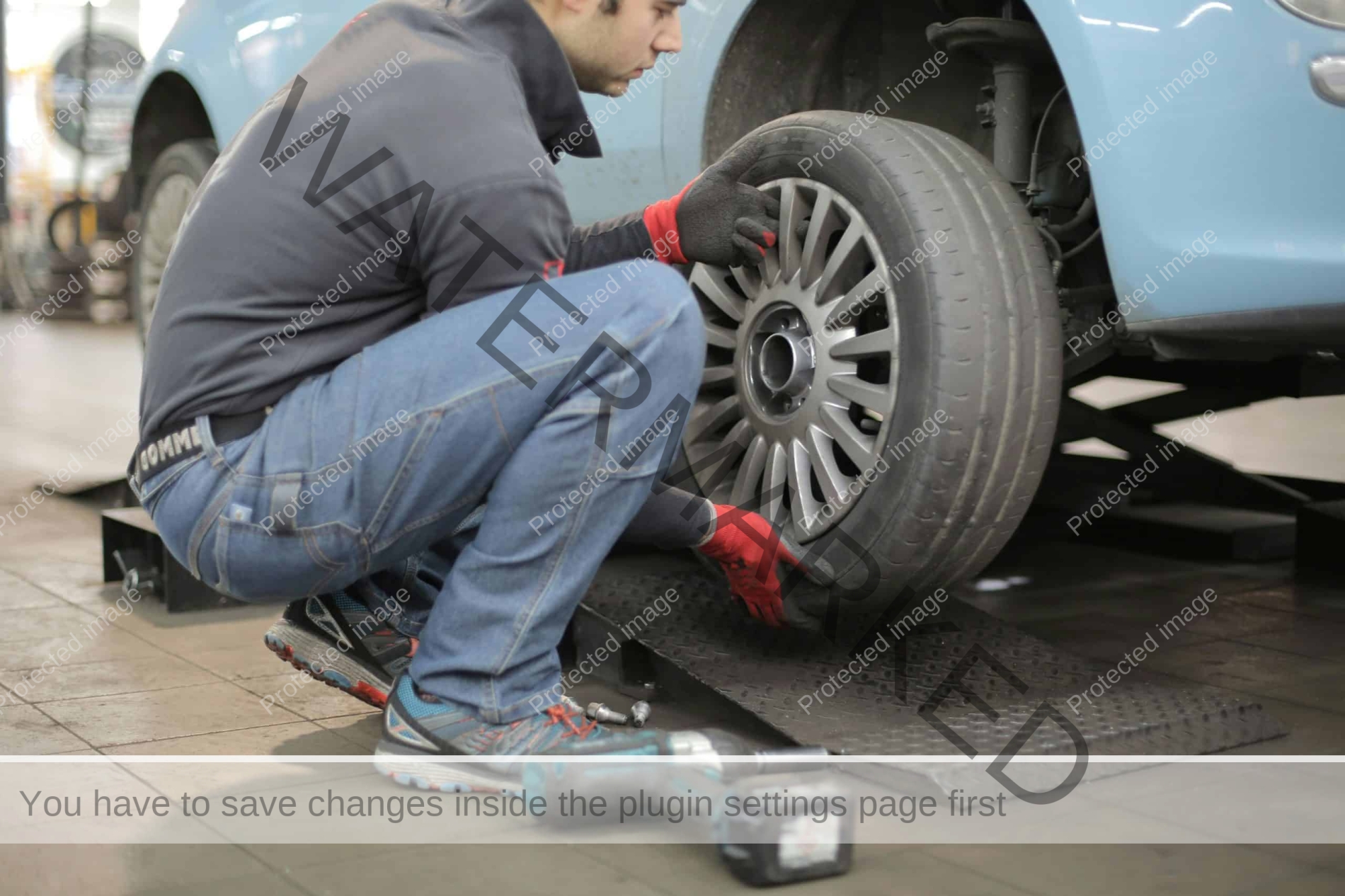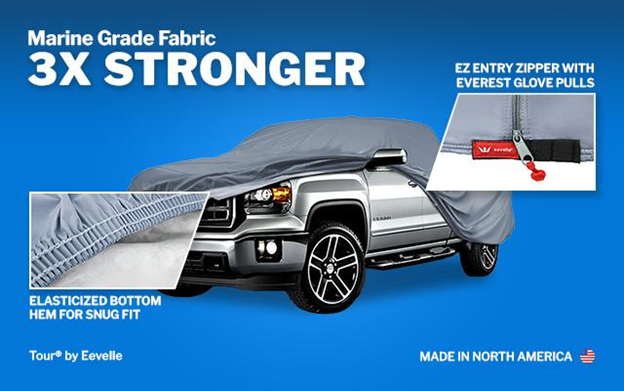It is important to know how to use your spare tire, even if you never expect to need it anywhere other than its normal location. The purpose of spare tires hasn’t changed in the past: to transport you safely home or to an auto repair shop if a flat tire occurs. We answer frequently asked questions regarding spare tires so that you are always prepared in case of an emergency.
How long can I drive with a spare tire on?
Full-size spare tires and compact spares (also known as “donuts”) serve two different purposes. Full-size tires should be used as your current tires while compact spares are only meant to be temporarily installed. It is best to replace them immediately if at all possible. Compact spares should be used only if you are not going to exceed 70 miles per hour or 50mph. They also have less durable tread patterns, which could affect both safety and handling.
Different types of spare tires
Temporary/Compact spare tires
The compact or temporary spare tire is designed to reduce the weight and space in your car. These tires are designed to be used for a short time, usually until you reach a mechanic. They are usually limited in speed and range, so they should only be used as a temporary fix.
Tires Full Size Spare Tires
The full-size spare tire is the same size as your regular tires. The tires can be used longer without compromising driving comfort. A full-size spare tire will allow you to avoid having to rush to have your damaged tires repaired. This gives you greater flexibility and peace.
Matching spare tires
The matching spare tire is identical to the original tire on your car, including brand, model and specifications. It ensures consistency and best performance when replacing a tire. A matching spare tire will eliminate any concerns regarding handling differences. This makes it a reliable choice for long-term usage.
How long does a spare tire typically last?
The lifespan of a spare tire depends on its type as well as its storage conditions. Exposure to the environment, and compression while storing it will reduce its longevity. Store your spare tire outside of your vehicle, such as in the bed or back, to avoid rubber degradation that can lead to cracking. When storing an external spare, such as under the bed of an SUV, check for signs that it is worn.
Prepare your spare tire for long trips
Inspecting Tire Pressure
It’s important to check the tire pressure in your spare tire before embarking on any long journey. Tire pressure gauges can be used to check that the tire is at the recommended pressure by the manufacturer. Tires that are properly inflated can prevent road accidents and help you drive safely.
Checking for wear and tear
Check your spare tire to see if it shows signs of wear. Check for any cracks, punctures or uneven tread wear which could affect its performance. Consider replacing your spare tire if you see any damage before you go on vacation to have a backup that will work in an emergency.
Ensuring Proper Storage
Make sure your spare tire in stored properly. If you ever need it, the spare tire should be easily accessible and securely fastened. Make sure that your tire jack, as well as any other tools you may need are in good shape and stored properly. The proper storage of spare tires not only extends their life, but it also makes them easier to use if they are needed.
How fast can I travel with a spare tire?
In order to reduce risk, a compact spare tire is typically limited to 50 mph. This is because these tires are not as good at handling and braking and offer less traction than their standard counterparts. This speed limit is for your safety as well as the safety of the spare tire.
All spare tires are universal?
To fit and perform correctly, spare tires are tailored for each vehicle model and make. If you’re buying a spare tire, be sure that it can accommodate any aftermarket wheels. Also, consider the tread pattern of your tire, the pressure level and vehicle load capacity.
Spare Tire Alternatives
As automotive technology advances, alternatives to traditional spare tire replacements are becoming more popular. Tire repair kits and run flat tires are two popular options for replacing spare tires. Tire repair kits let drivers temporarily seal punctures, without needing a spare tire, while run-flats continue to function for a distance after puncturing. Each option has its own advantages and disadvantages.
It is important to maintain spare tires regularly
Monthly Inspections
It is important to inspect your spare tire every month in order to keep it ready. Tires can lose air with time, so check the pressure of your tires and adjust it as necessary. Check the tread depth, and check for visible damage or foreign items that may cause problems. Regular tire checks can help to maintain the tire’s reliability and readiness.
Seasonal checks
Tire performance can be affected by seasonal changes, so it is important to perform thorough inspections at different times throughout the year. Temperature extremes can affect tire condition and pressure. Make sure your spare tire is in great shape before each new season, particularly before winter or summer when the road conditions may be more difficult.
Signs of Damage and Aging
Even if spare tires are not used, they can begin to show signs of wear and tear. Cracks, bulges or dry rot can be signs that the tire is degrading. Tires older than six months may require replacement regardless of the condition they appear to be in. Early detection of these signs can help prevent safety hazards, and ensure that your spare tire will be reliable when you need it.
How to Change a Tire (Information about how to change a tire is given below.)
The jack stands are used for securing vehicles with tire udners. Tire udners are used to secure spare tires onto vehicles that have been lifted.
Each driver should be able to change a flat tire.
- Make sure your vehicle’s parking brake is engaged and that it is parked securely.
- It is recommended that you loosen the lug nuts of your vehicle before using a car lift to raise it.
- To replace a flat, tighten the lug nuts by hand.
- To secure the vehicle to the wheels, lower the vehicle. Tighten the lug nut in a star pattern.
Understand the limitations of spare tires
Handling and Performance Differents
The handling and performance of spare tires, particularly temporary or compact ones, can be different from your regular tires. They may be smaller and not have the same grip or stability. It can have a negative impact on your vehicle’s handling. Be careful and avoid making sudden movements when you use a spare tire.
Impact on Vehicle Dynamics
The dynamics of your vehicle can be affected by using a spare tire, such as braking, acceleration and cornering. If used for an extended period, the difference in design and size can lead to uneven wear of drivetrain and suspension parts. To maintain safety and control, it’s important to know these limitations and to drive at lower speeds.
Restriction on Use
Tires that are temporary, or spares for other vehicles, have specific restrictions on their use. The tires are not intended for long-distance or high-speed travel. They have a maximum speed of 80 km/h (50 mph) and a maximum distance of 70 miles (113 km). Refer to the manual of your vehicle for exact specifications.
Finalizing Up
It is important to understand how your spare tire works and to maintain it. This component of the vehicle’s safety system can be checked and maintained regularly to avoid any unnecessary headaches. Do not hesitate to contact us if you need help locating the right spare or have questions about its condition.
Wheels on the South provides reliable replacement tires and wheels to ensure that your vehicle is ready for any situation. We can provide you with reliable spare tires and wheels to ensure that your vehicle is prepared for anything.




4 thoughts on “What you should know about spare tires”
Can you be more specific about the content of your article? After reading it, I still have some doubts. Hope you can help me.
Thanks for sharing. I read many of your blog posts, cool, your blog is very good.
Your point of view caught my eye and was very interesting. Thanks. I have a question for you.
Can you be more specific about the content of your article? After reading it, I still have some doubts. Hope you can help me.